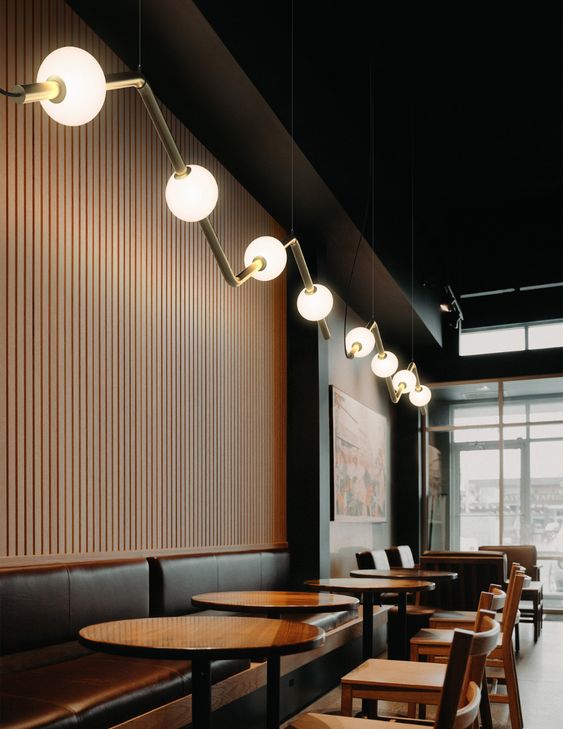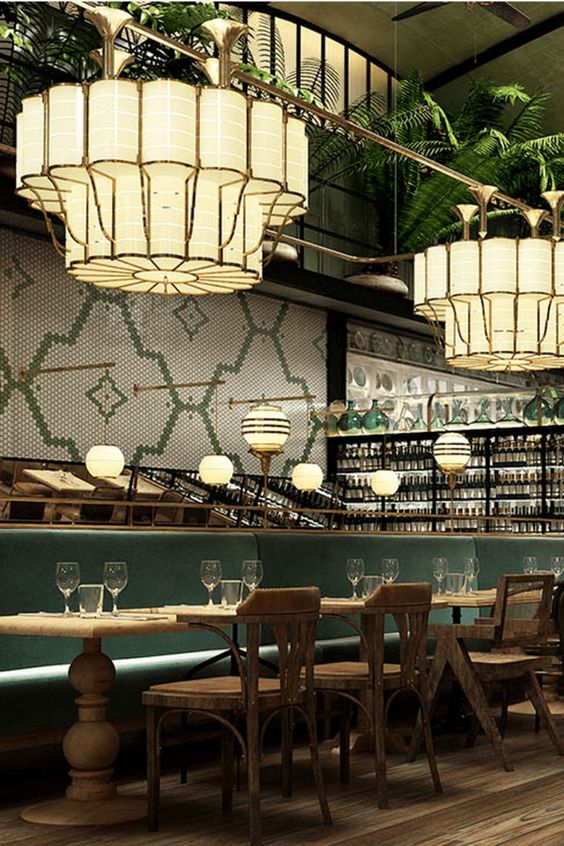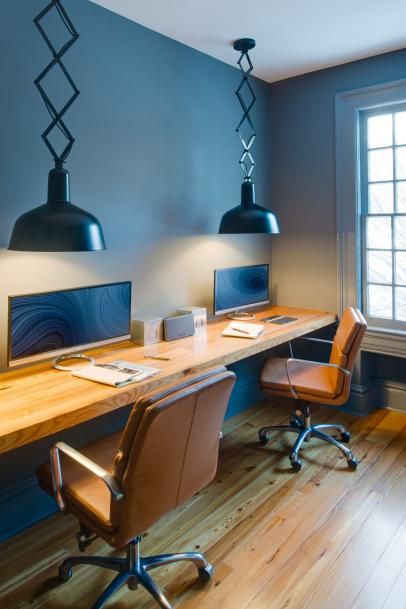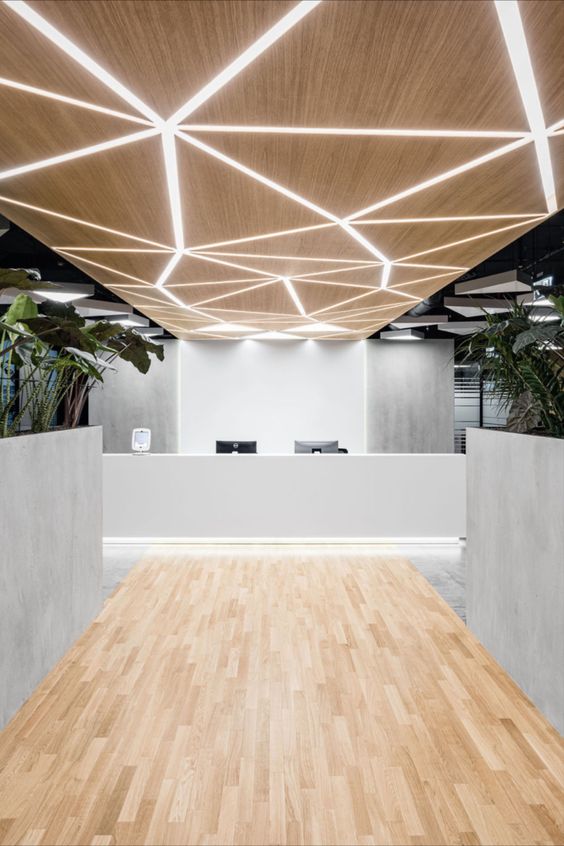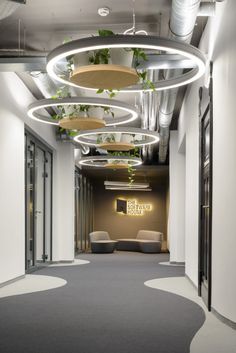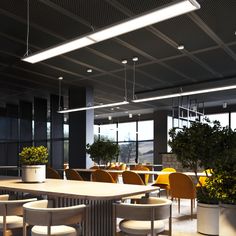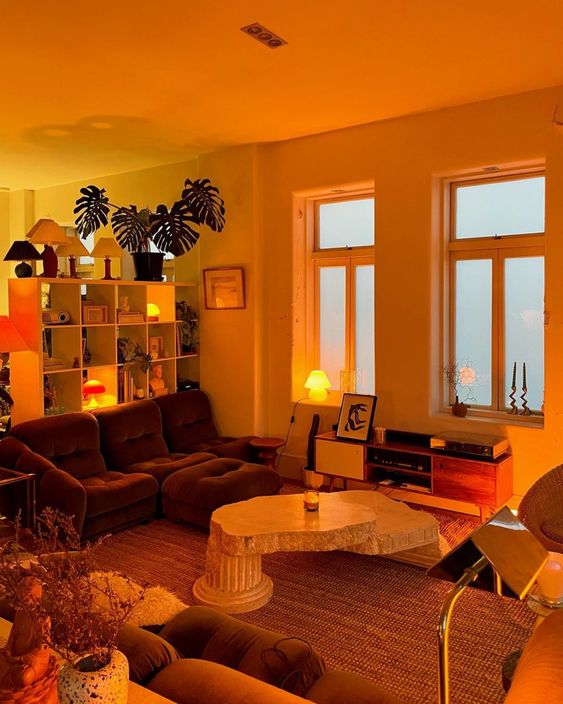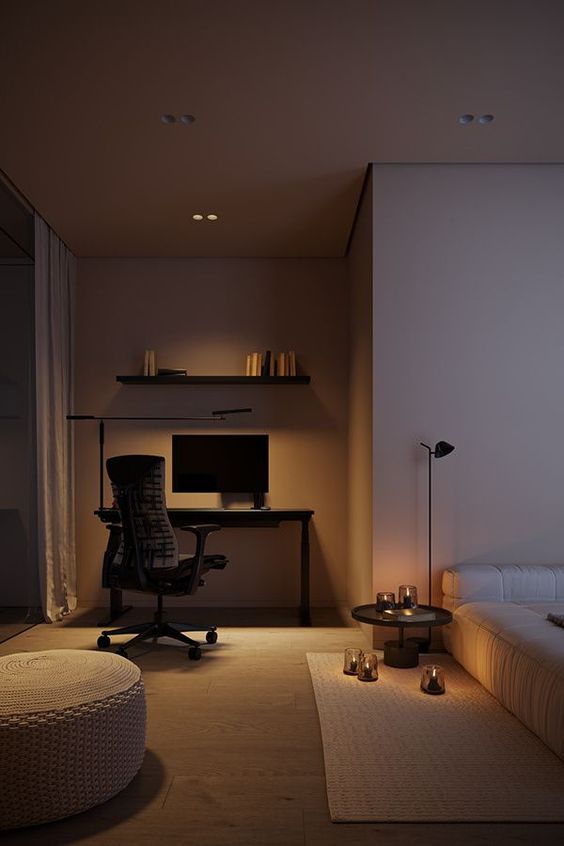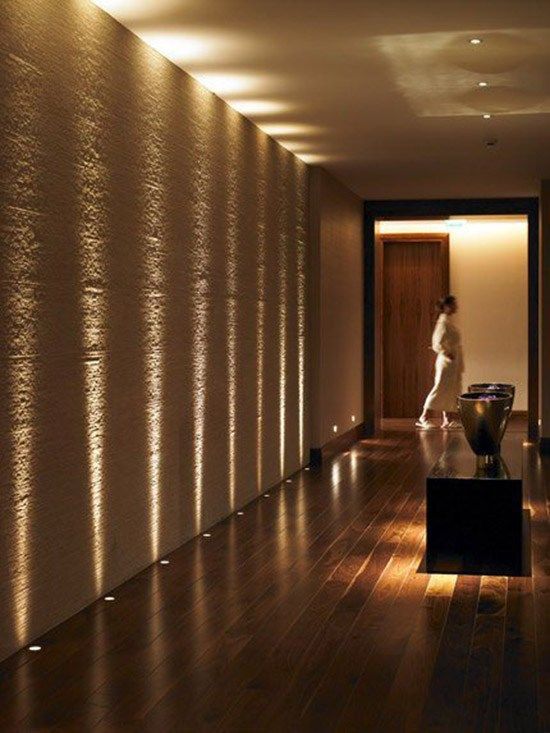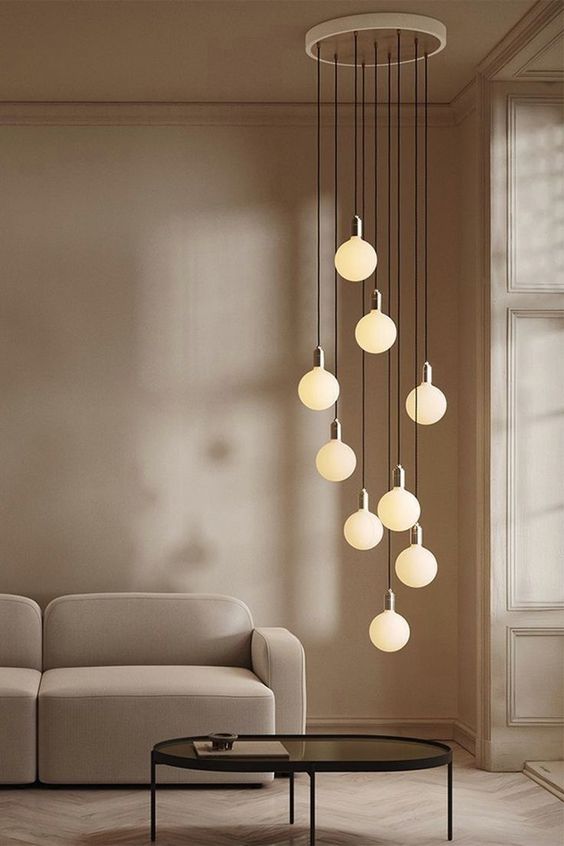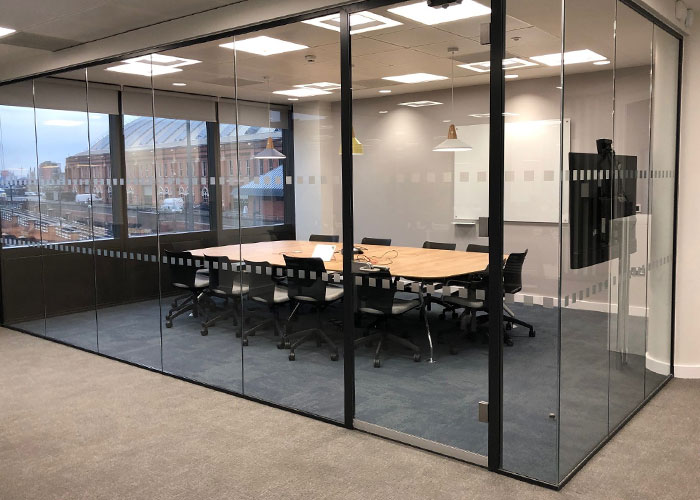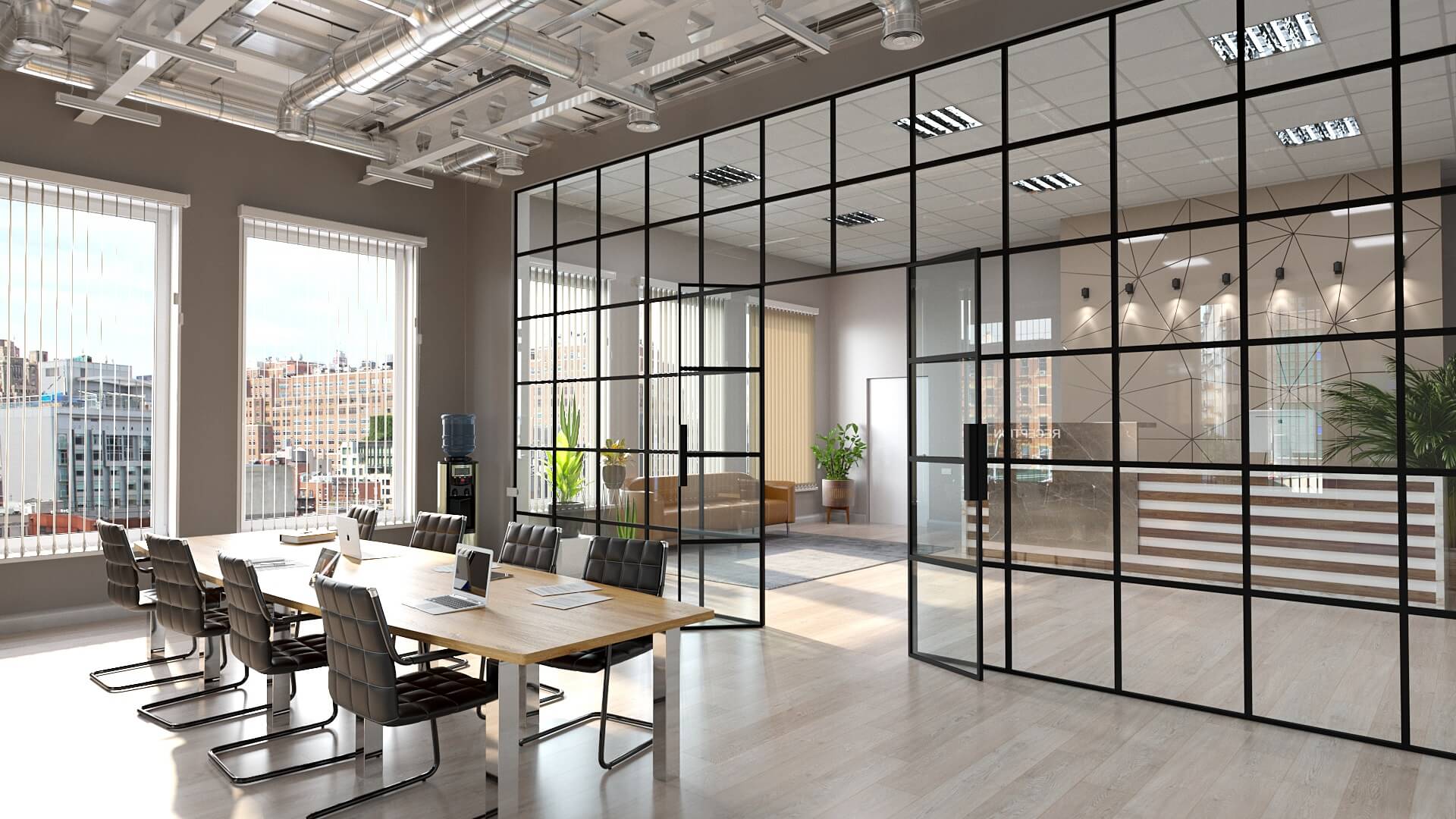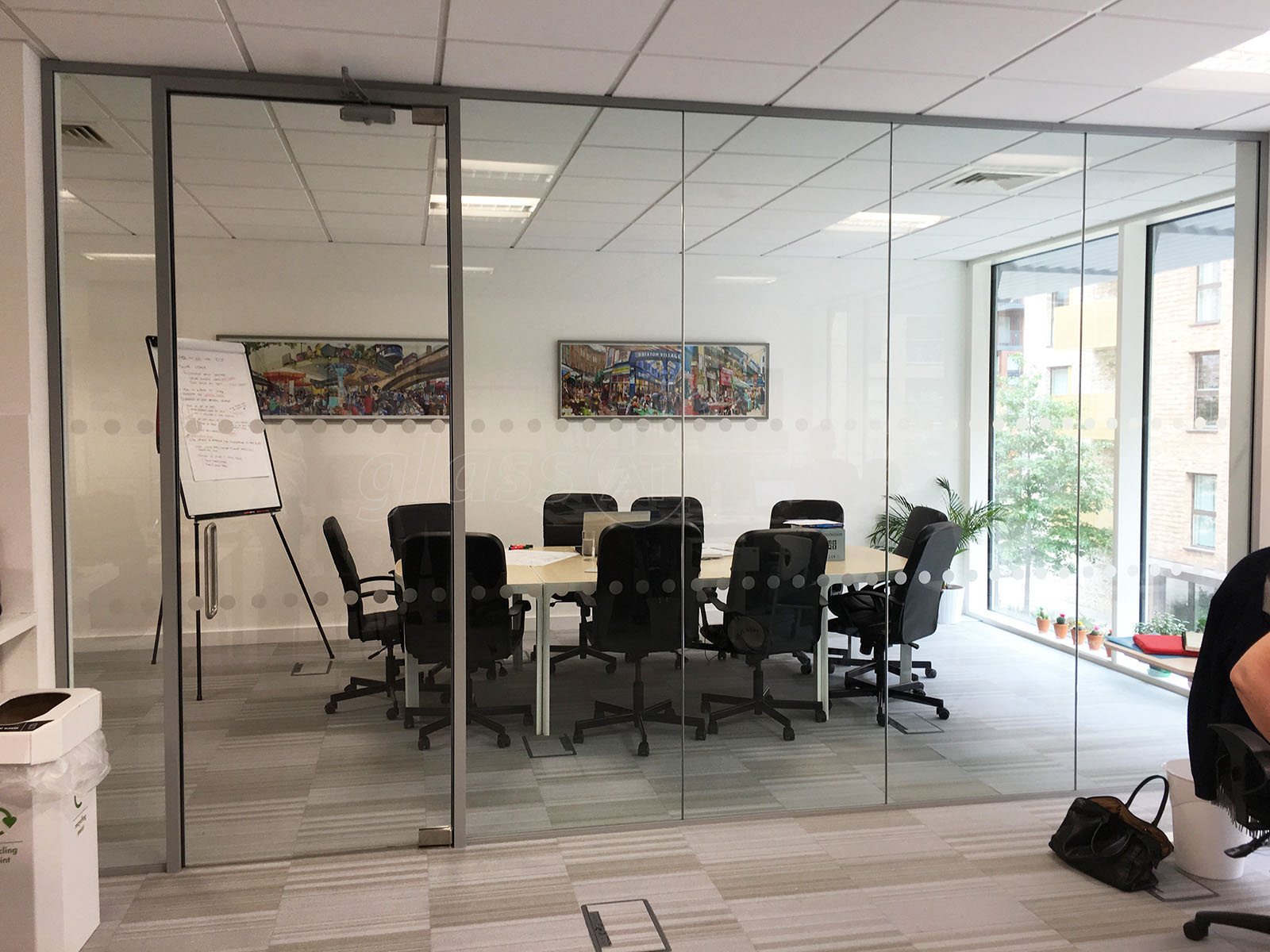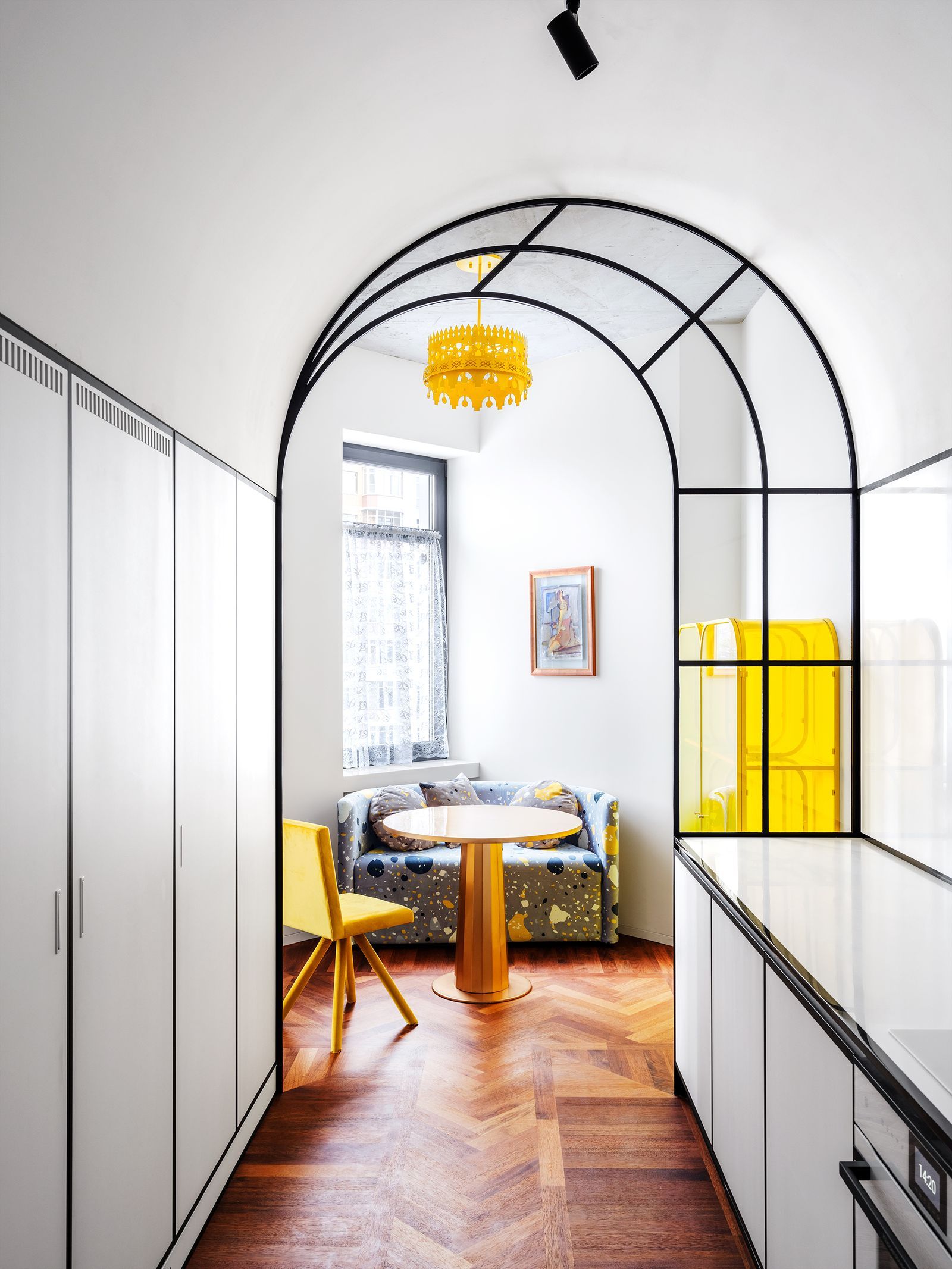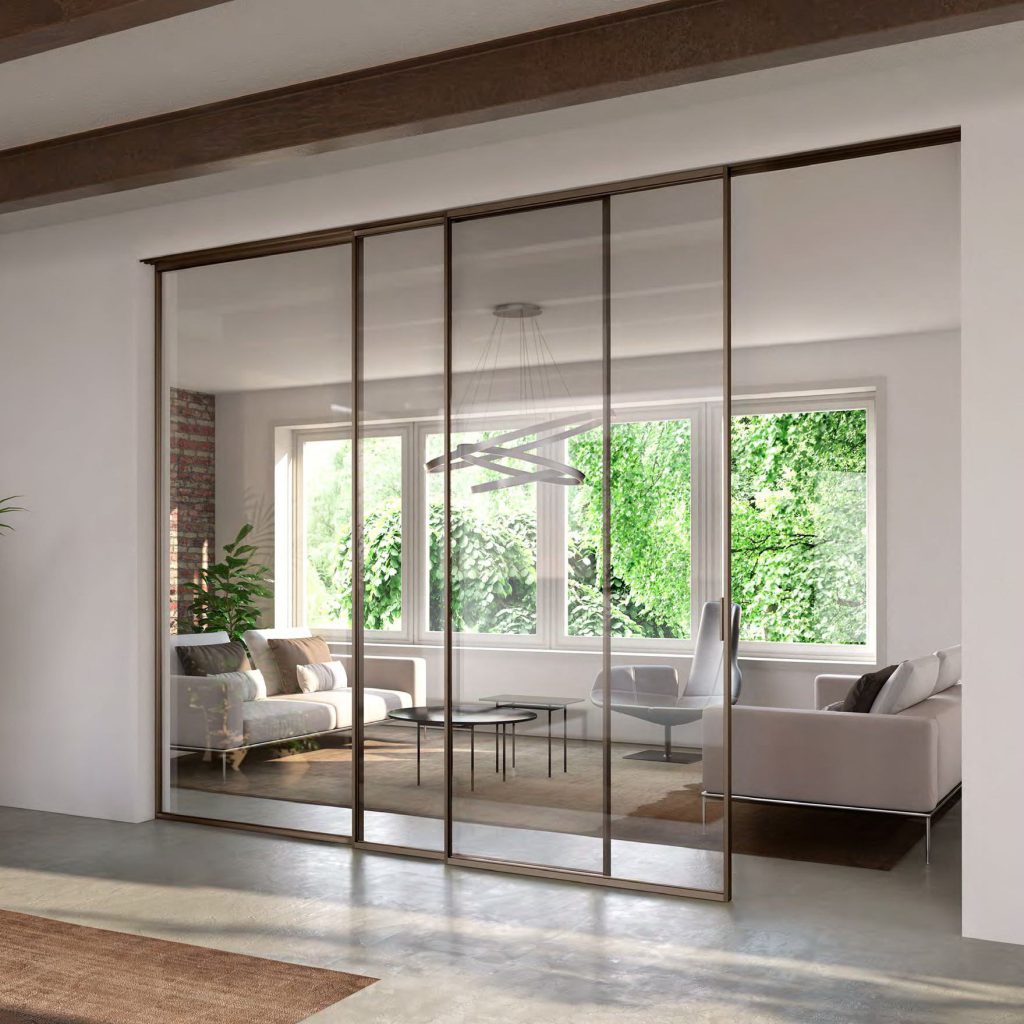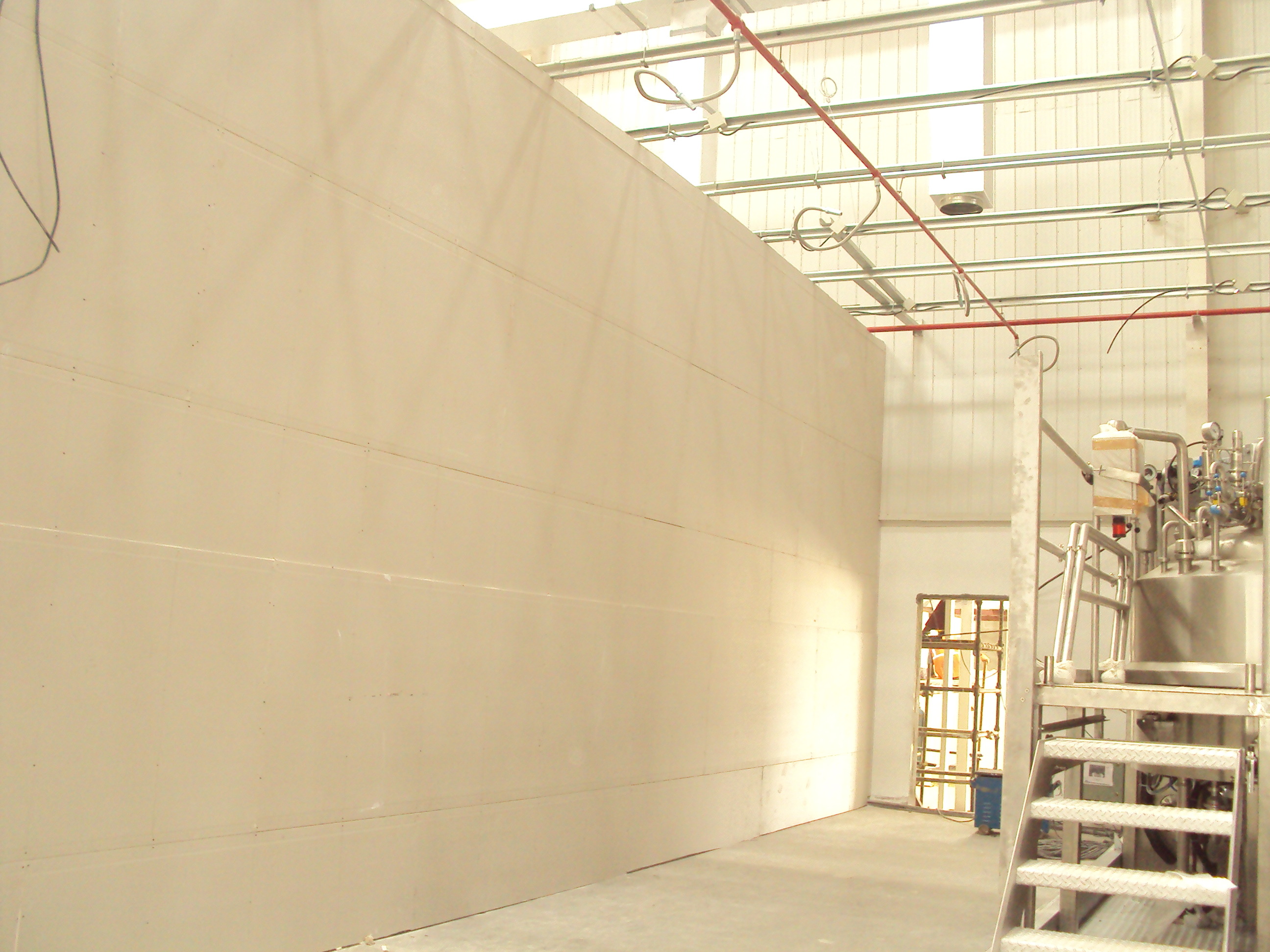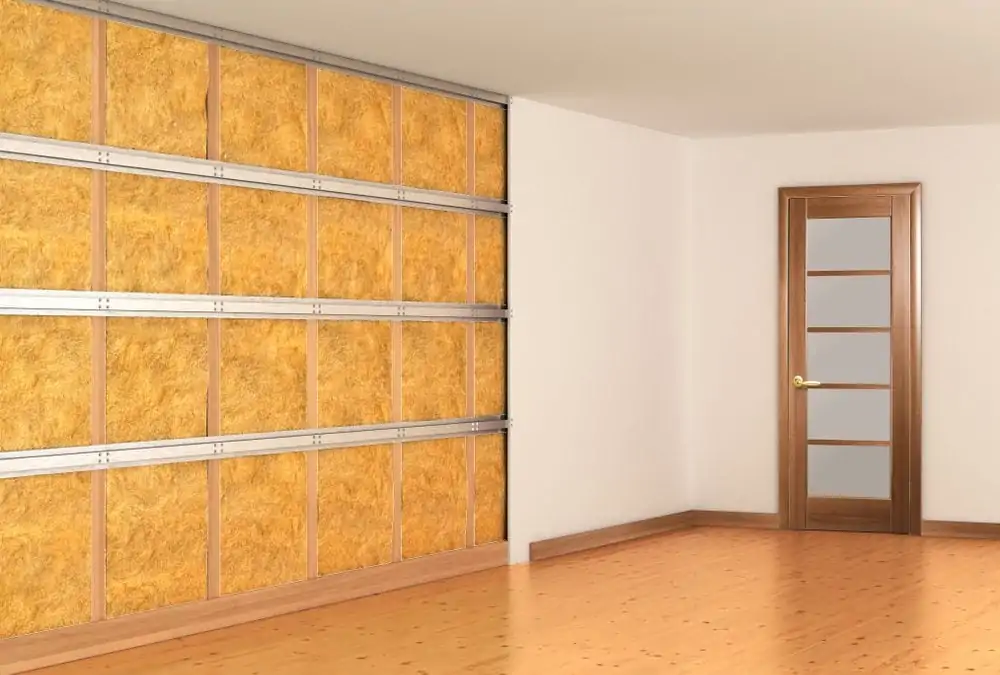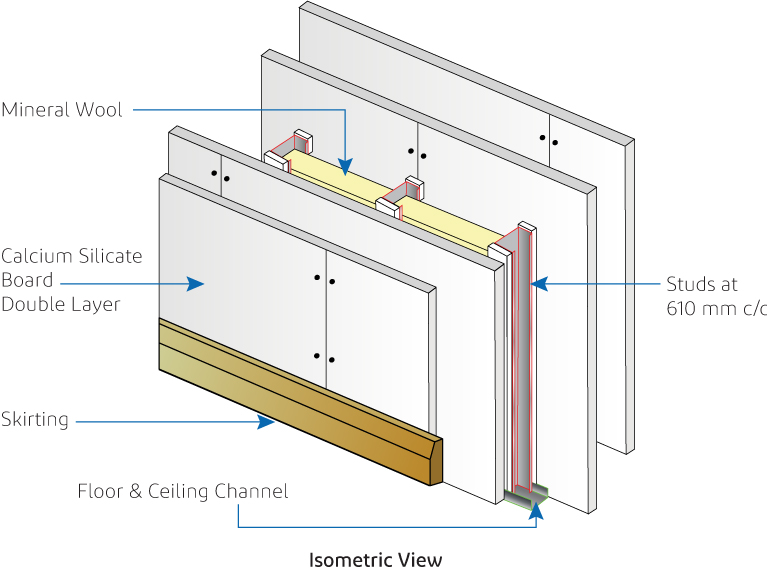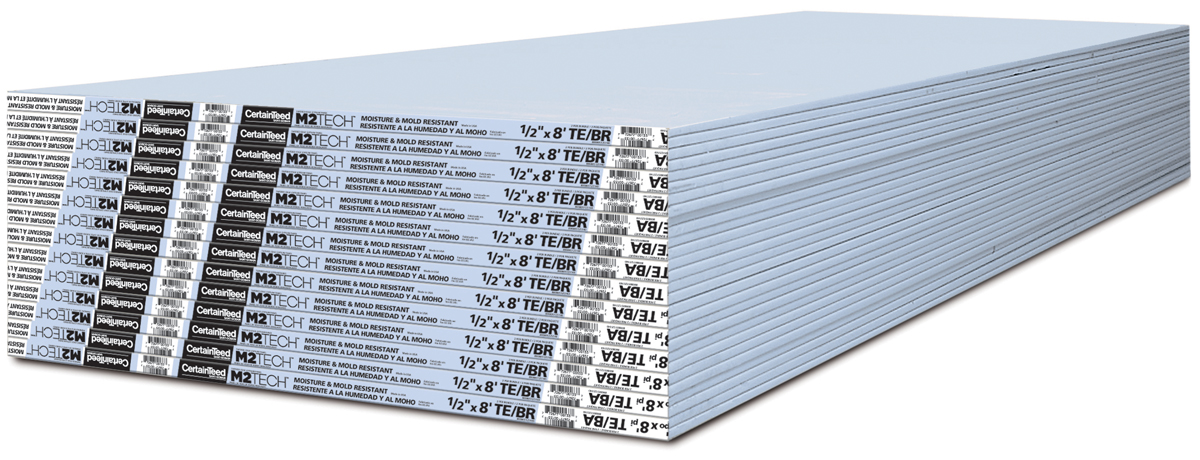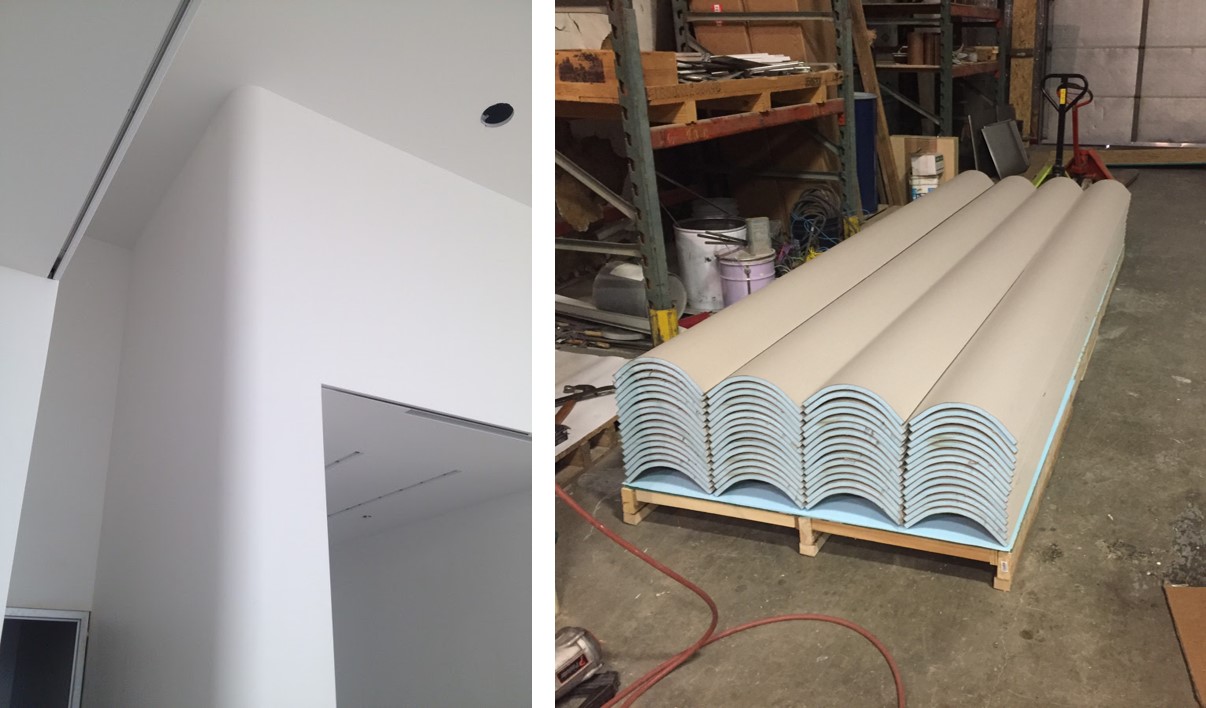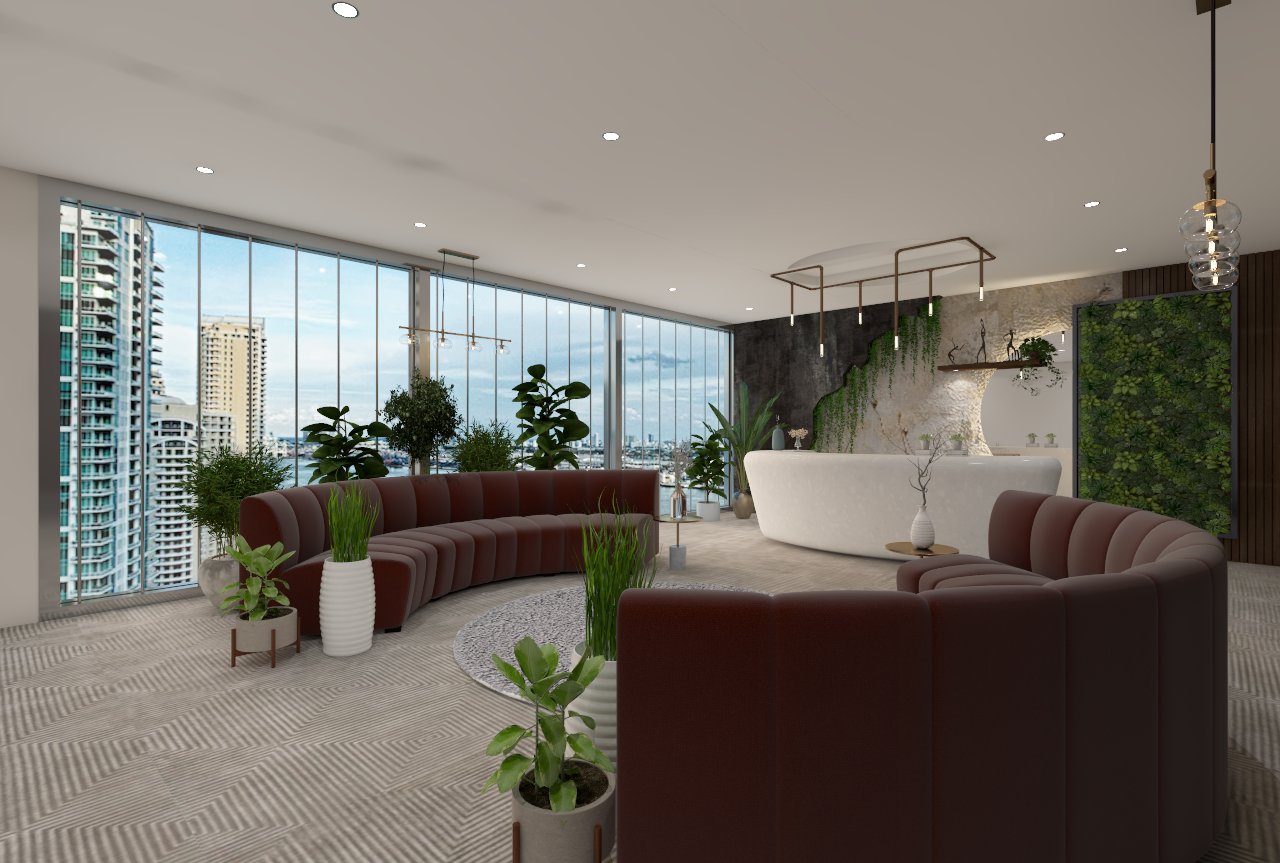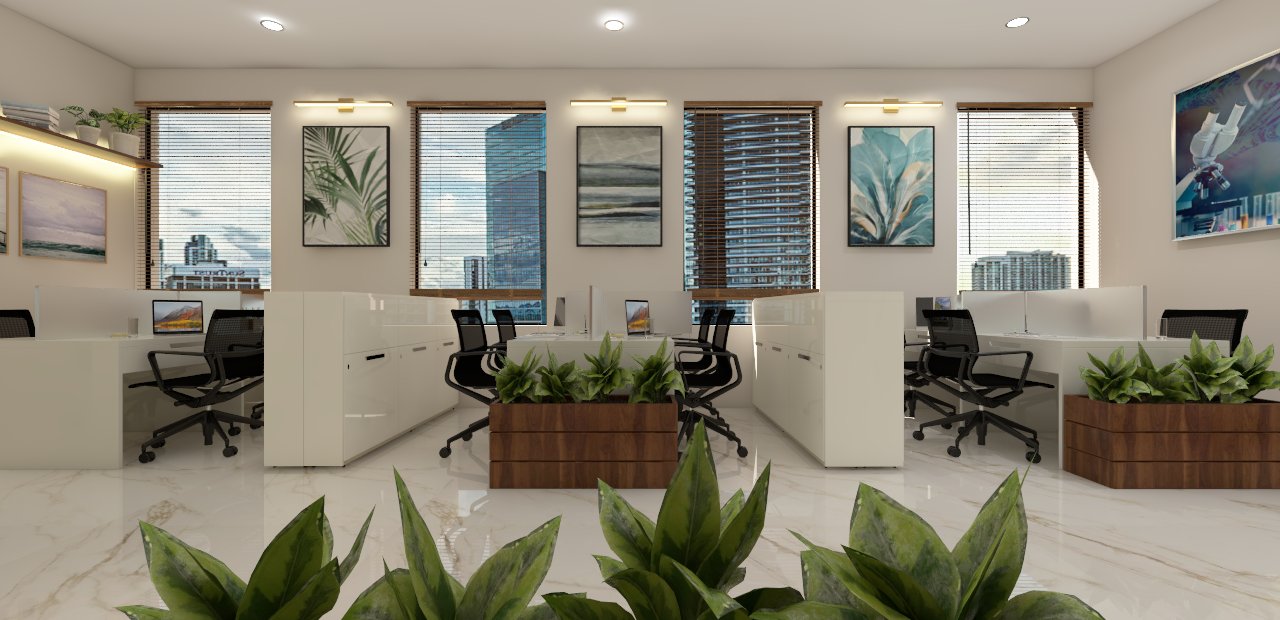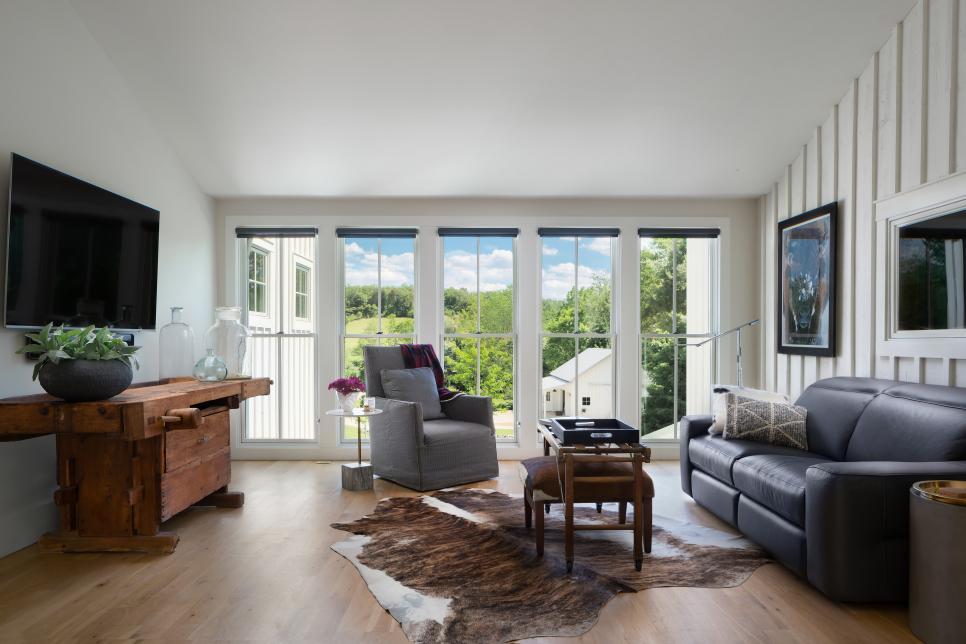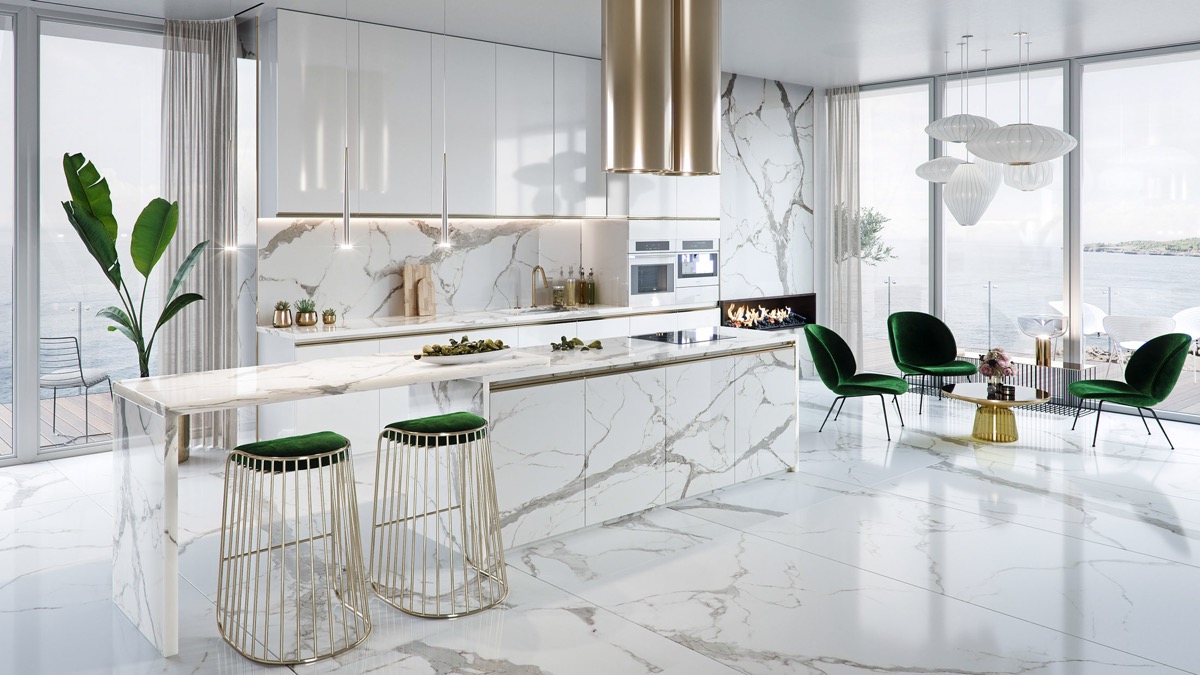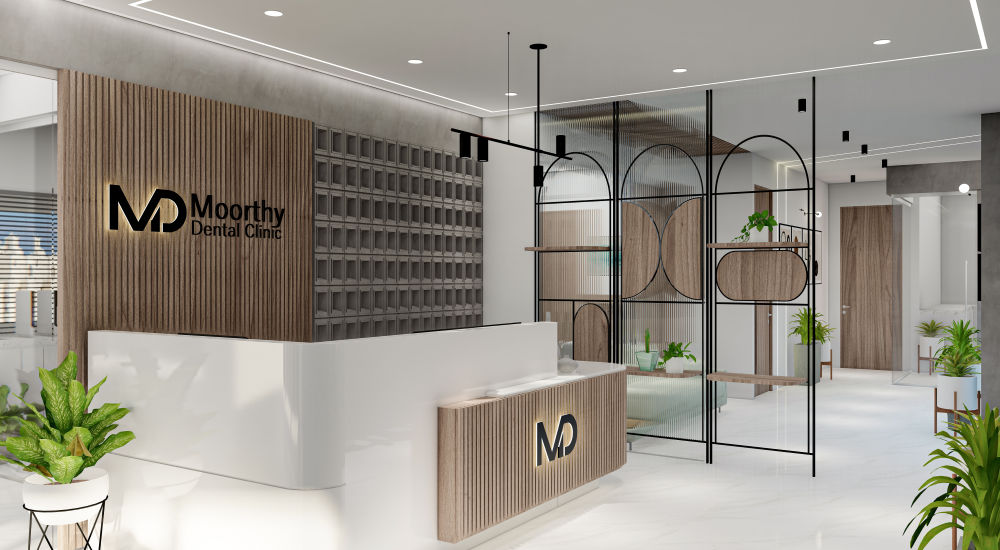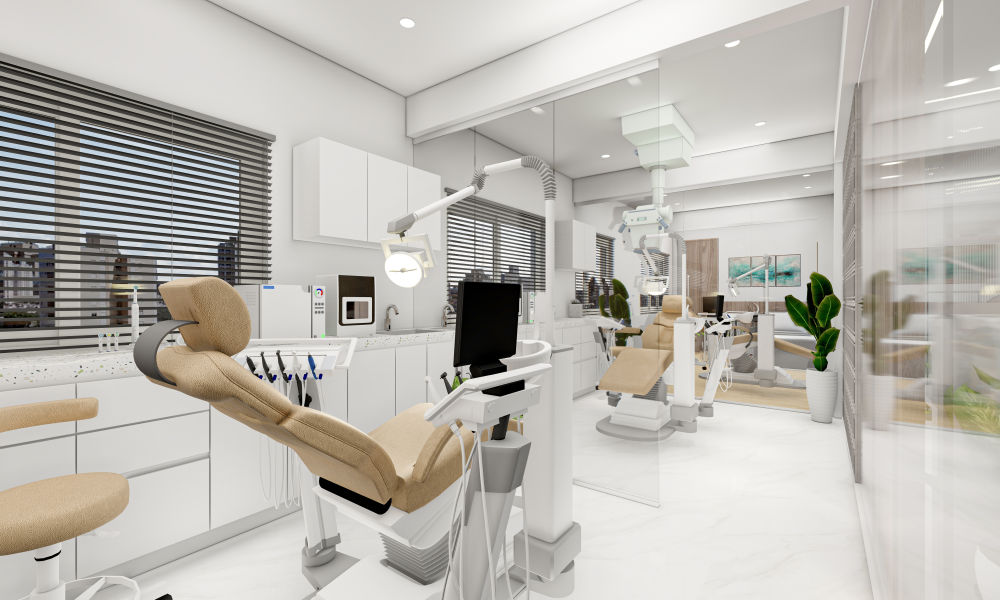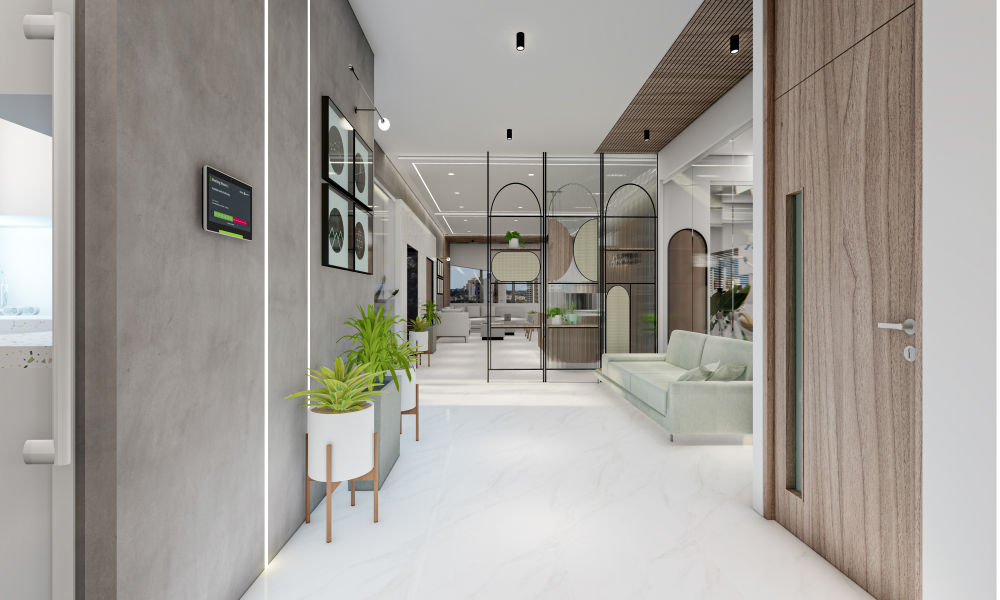
Choosing the right flooring for residential spaces is a crucial decision that impacts both the aesthetic appeal and functionality of a home. With a plethora of options available, from classic hardwood to contemporary vinyl, homeowners have the opportunity to customize their living spaces to suit their lifestyle and design preferences. In this article, we'll explore the diverse range of flooring options suitable for residential applications, considering factors such as durability, maintenance, and design versatility.
-
Hardwood Flooring: Hardwood flooring stands as a timeless choice beloved for its warmth, elegance, and durability. Available in a variety of species, including oak, maple, and cherry, hardwood floors bring natural beauty and character to any home. Whether in traditional plank or intricate parquet patterns, hardwood floors create a sense of luxury and sophistication. While solid hardwood requires periodic refinishing and is susceptible to moisture damage, engineered hardwood offers increased stability and moisture resistance, making it suitable for kitchens, bathrooms, and basements.
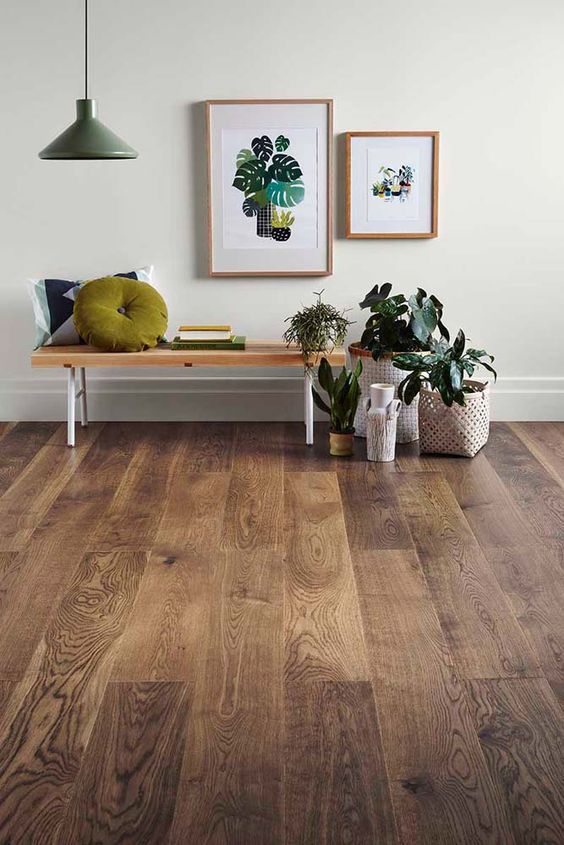
-
Laminate Flooring: Laminate flooring provides an affordable alternative to hardwood, offering a wide range of designs that mimic the look of wood, tile, or stone. Constructed from multiple layers of synthetic materials, laminate floors are highly durable, scratch-resistant, and easy to maintain. They come in various finishes, including embossed textures and high-gloss surfaces, catering to different design preferences. Laminate flooring is particularly popular in residential settings due to its versatility, affordability, and ability to withstand heavy foot traffic.

-
Vinyl Flooring: Vinyl flooring has evolved significantly in recent years, emerging as a practical and stylish option for residential spaces. Available in sheet, tile, or plank formats, vinyl flooring offers an extensive array of designs, including realistic wood and stone patterns, vibrant colors, and geometric motifs. Vinyl floors are water-resistant, durable, and comfortable underfoot, making them ideal for kitchens, bathrooms, and living areas. Luxury vinyl planks (LVP) and luxury vinyl tiles (LVT) provide enhanced durability and dimensional stability, making them suitable for high-traffic areas and households with pets or children.

-
Tile Flooring: Tile flooring remains a popular choice for residential spaces, valued for its durability, versatility, and design flexibility. From classic ceramic and porcelain to trendy mosaic and subway tiles, homeowners have an abundance of options to create unique and personalized looks. Tile floors are water-resistant, easy to clean, and well-suited for areas prone to moisture, such as bathrooms, kitchens, and entryways. They come in various sizes, shapes, and finishes, allowing for endless design possibilities that complement any decor style.

-
Carpet Flooring: Carpet flooring adds warmth, comfort, and acoustic insulation to residential interiors, making it a popular choice for bedrooms, living rooms, and family rooms. Available in a wide range of colors, textures, and pile heights, carpets offer versatility and softness underfoot. From luxurious wool to affordable synthetic fibers, homeowners can choose the carpet material that best suits their budget and lifestyle. Additionally, carpet tiles provide a modular and customizable flooring solution, allowing for easy installation, maintenance, and replacement.
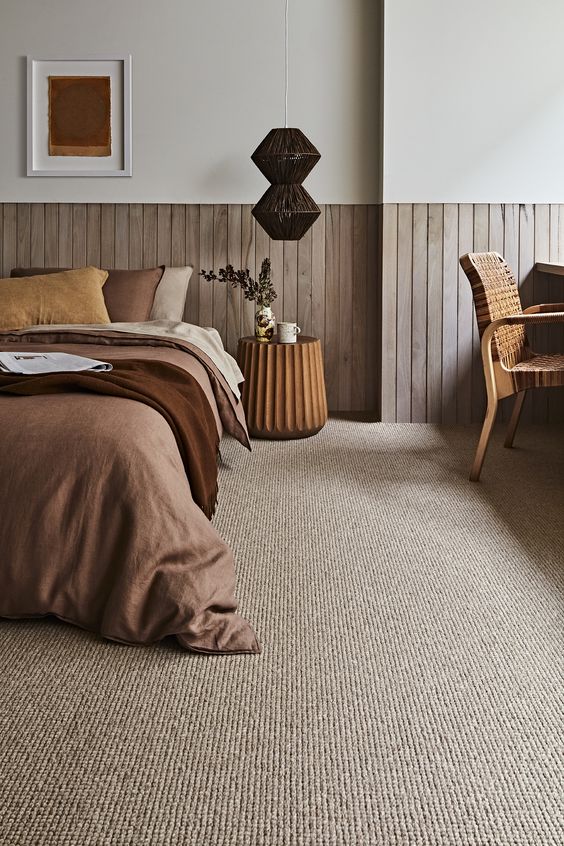
Selecting the right flooring for residential spaces involves considering a multitude of factors, including aesthetics, durability, maintenance, and budget. Whether opting for the timeless elegance of hardwood, the affordability of laminate, the versatility of vinyl, the durability of tile, or the comfort of carpet, homeowners have an abundance of options to create inviting and functional living environments tailored to their individual tastes and needs. By understanding the unique characteristics and benefits of each flooring type, homeowners can make informed decisions that enhance the beauty and value of their homes for years to come.



